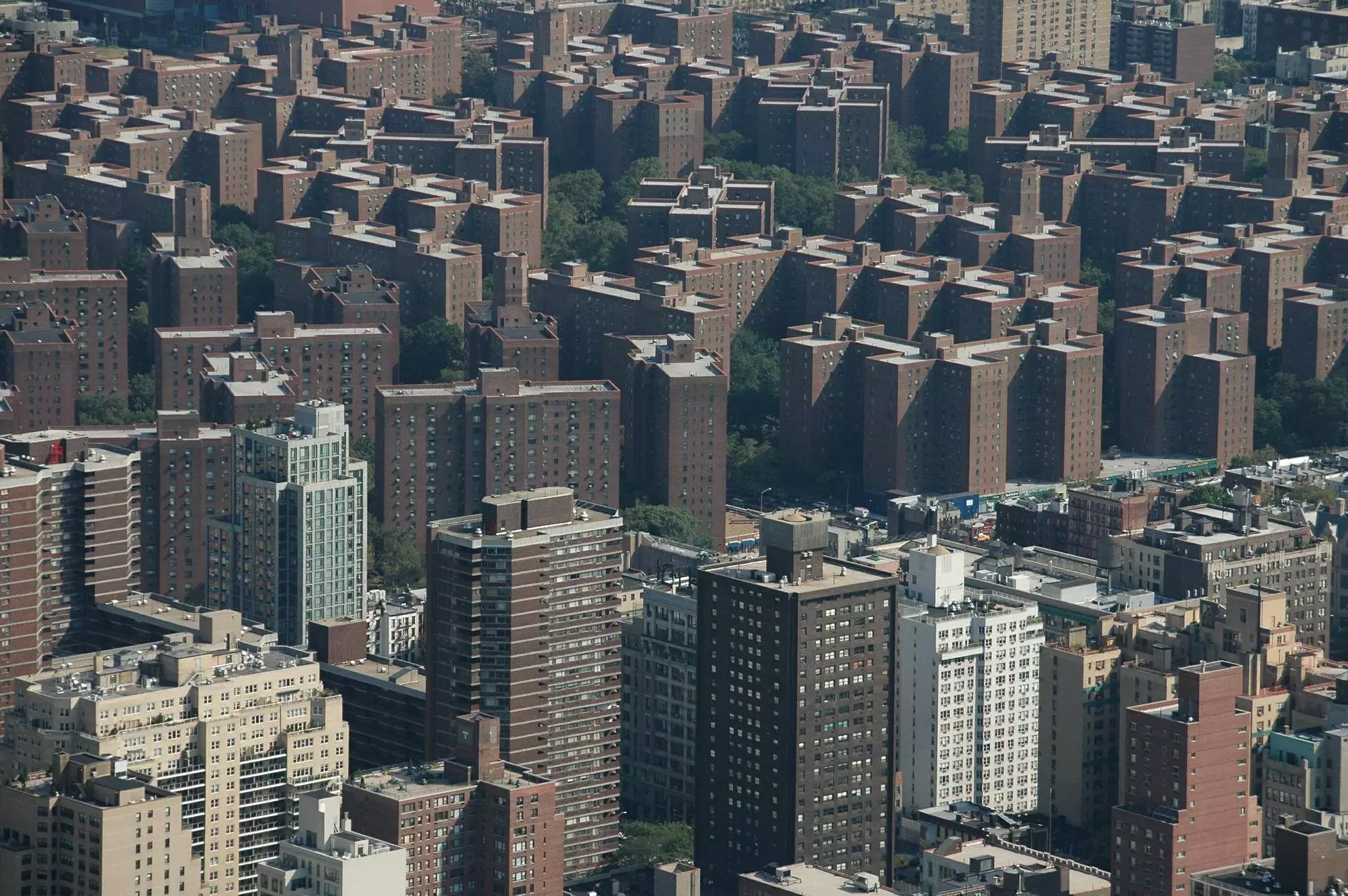Recent research has shed light on the significant disparities in air pollution exposure, revealing a complex relationship between individual mobility patterns and environmental health risks. Conducted in the Bronx, New York, the study co-authored by exceptional minds from the Massachusetts Institute of Technology (MIT) demonstrates that air quality cannot be adequately assessed simply based on static geographical data such as residential or occupational locations. This paradigm-shifting approach underscores the necessity of utilizing mobile data tracking to ascertain true exposure levels of air pollution throughout a typical day.
Traditionally, air quality assessments have been limited by the data’s static nature, often overlooking how individuals traverse their environments. It’s easy to assume that where one lives dictates exposure, but this research confronts that assumption head-on. By employing sophisticated analysis methods which incorporate daily movement patterns, researchers have determined that people are subject to nearly 2.4% higher exposure to harmful particulate matter (PM2.5) than previously estimated. The study championed a new lens for examining health risks, focusing not only on static environmental factors but on the dynamic human behavior of commuting and leisure.
Innovative Methodologies in Environmental Research
The merit of this research lies in its innovative methodological framework. Researchers harnessed high-tech sensors mounted on existing civic service vehicles, effectively transforming them into mobile air quality monitors. This tactical use of resources emphasizes the potential of cities to employ their infrastructure in creative ways to garner valuable environmental data. By integrating optical particle counters with temperature and humidity sensors and leveraging GPS technology, they crafted a detailed mosaic of pollution levels across the Bronx.
An additional layer of the study involved the assessment of anonymized phone records from a staggering 500,000 individuals, alongside 500 million daily location logs. This hefty database provided a granular view of where people frequently traveled and encountered pollution hotspots. As Paolo Santi highlights, this represents a significant leap forward in our understanding of air quality exposure by creating “trajectories of people’s movement.” Such insights were previously unattainable using conventional air quality monitoring alone.
Socioeconomic Disparities in Air Quality Exposure
Perhaps one of the most concerning findings was the stark socioeconomic disparities that emerged from the data. The Bronx is notorious for having the worst air quality among New York City boroughs, and the study observed a troubling correlation between income levels and pollution exposure. However, it revealed an even more unsettling reality: ethnic disparities are pronounced, with predominantly Hispanic communities facing some of the highest exposure to particulate matter. This raises profound ethical questions about social justice and environmental equity.
Even within these communities, the variability of exposure levels indicates that not all neighborhoods experience pollution uniformly. The implications extend beyond mere discomfort; the public health ramifications are dire. It has been well-documented that regions with higher pollution levels witness increased rates of respiratory issues, including asthma, with the Bronx representing an alarming statistic of asthma rates 2.5 times greater than other boroughs. As indicated by researcher Fábio Duarte, the persistent exposure to such pollutants engenders severe health concerns, resulting in elevated hospitalization rates.
Future Directions and the Role of Technology in Monitoring Air Quality
Even when considering that the study was conducted during the ongoing implications of the COVID-19 pandemic, which undoubtedly altered mobility patterns, its findings remain pivotal. The researchers assert that the methodologies developed here are not just relevant for today but can pave the way for future inquiries into air pollution and public health dynamics.
In large urban centers, where conventional methods of monitoring air quality may be insufficient, the integration of mobile data creates an expansive potential for real-time pollution tracking. As Carlo Ratti aptly notes, this approach enables cities to leverage existing infrastructure for comprehensive environmental monitoring, marking a radical shift in how urban environments can tackle pollution challenges.
Moreover, the capacity for granular analyses opens the door for exploring additional air quality hazards beyond PM2.5, thus enriching the understanding of environmental toxins in urban settings. Such interdisciplinary collaborations drive the conversation toward not only identifying health risks but also crafting tangible solutions that prioritize community well-being from the ground up.
By radically rethinking our approach to air quality and its measurement, we stand at the precipice of a new era in urban health research—one where nuanced data can inspire informed policies and empower communities to advocate for healthier environments.

